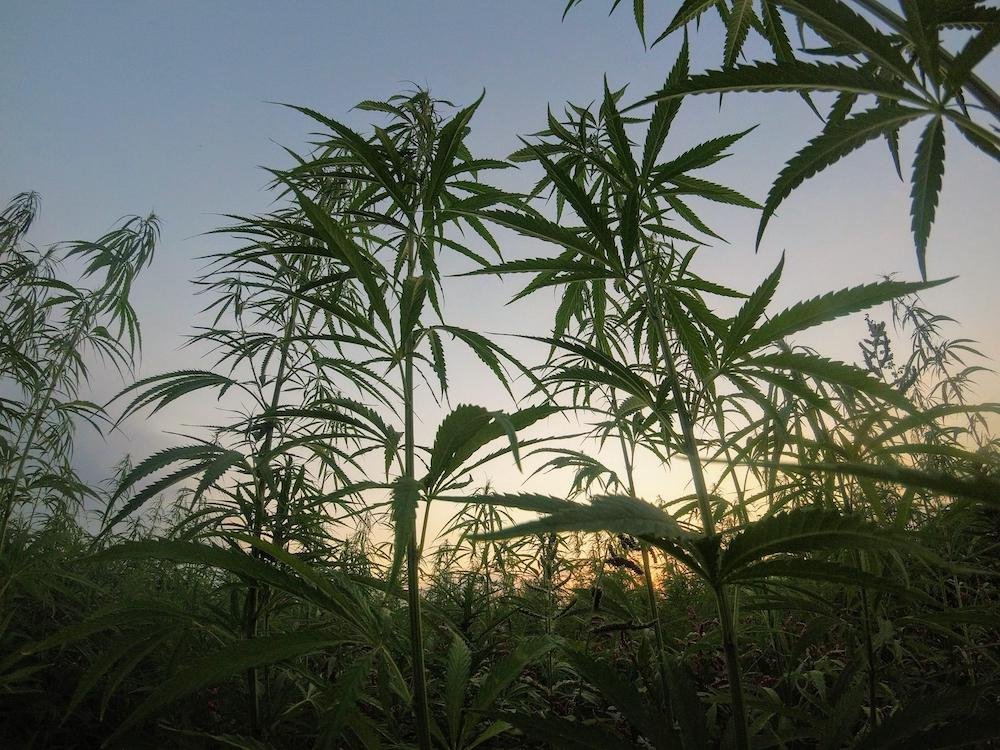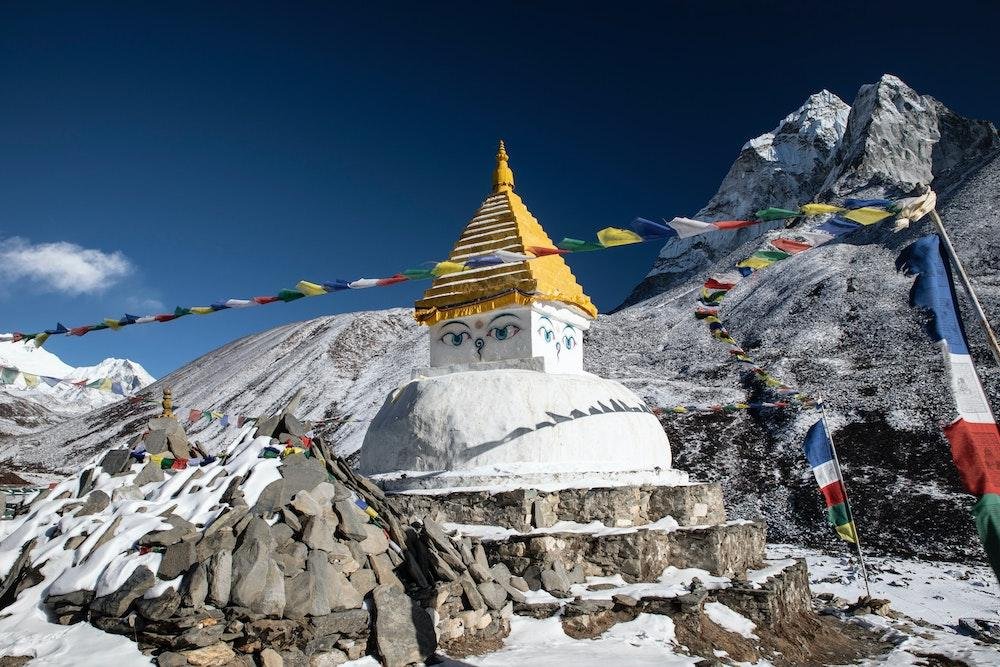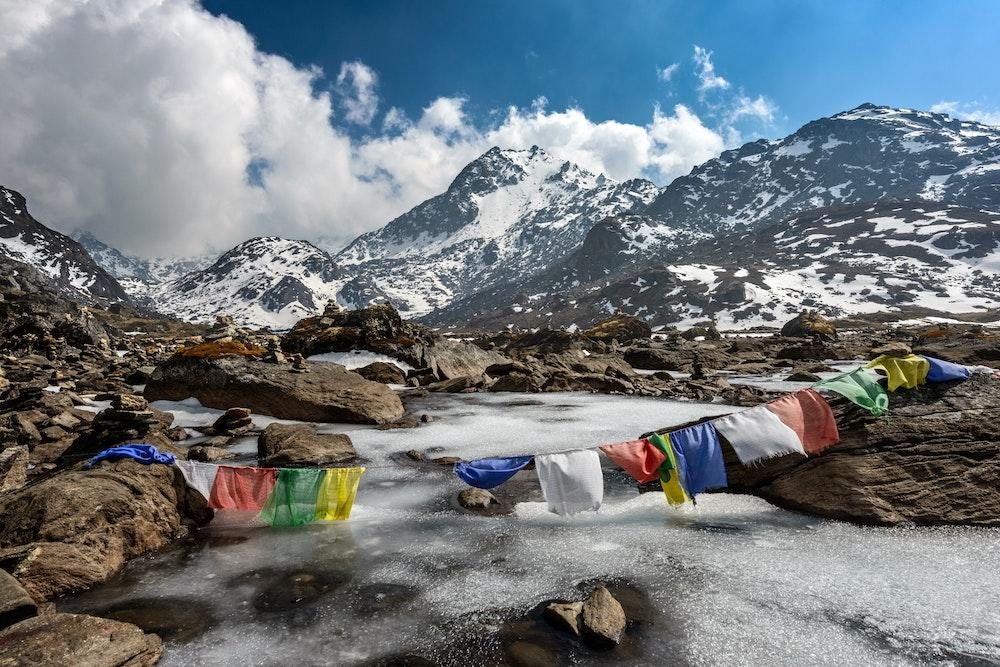Could Cannabis Have Originated in Tibet?
New research has been published in the journal of Vegetation, History, and Archaeobotany giving us further insight into the origins of the cannabis plant. Released May 2019, the investigation examines an analysis of fossil pollen which indicates the cannabis plant may have originated high in the Tibetan Plateau. It has long been assumed by many researchers that the cannabis plant has roots in central Asia, but new research of a common ancestor brings us one step closer to understanding the origins of this unique plant.

Cannabis Diverges from Humulus
Cannabis diverged from its ancestor, Humulus (the common hop) approximately 28 million years ago. By examining “wild-type plant distribution” as well as the data from 155 different investigations and mapping the location of cannabis and humulus pollen, scientists have gained further understanding of where cannabis may have come to be.
Pollen Research
Cannabis leaves historically have not fossilized well, yet cannabis pollen has been found with other steppe pollen. In this particular investigation, researchers identified fossil pollen as belonging to Cannabis plants if it appeared alongside other types of pollen from the steppe ecosystem. The earliest pollen samples the researchers were able to pinpoint to cannabis brought them to southern Russia and northern China and were 19.6 million years old.
John McPartland of the University of Vermont, leader of the investigation states that the researchers have concluded the origins of cannabis appear to stem from the Tibetan Plateau. They have given the Qinghai Lake region of the plateau great consideration. The area is approximately 3.2 kilometers above sea level and appears to have possessed an arid climate, favorable to sustaining the cannabis plant((((Cannabis in Asia: its center of origin and early cultivation, based on a synthesis of subfossil pollen and archaeobotanical studies, Aegetation History and Archaeobotany · May 2019)))).


What is the Tibetan Plateau?
The Tibetan Plateau is the World’s Highest Plateau. This mass formed some 50 million years ago when the Indian Plate and Eurasian Plates collided, also forming the Himalayan mountain range. This area is sometimes known as “the roof of the world,”
It is interesting to note that remains of Denisovans (Denisova hominins), a now extinct, early human subspecies belonging to the genus Homo have been found in regions close to these pollen fossils((((Genetic history of an archaic hominin group from Denisova Cave in Siberia
David Reich, Richard E. Green, Martin Kircher, Johannes Krause, et. al
Nature volume 468, pages 1053–1060)))). This is also a place where Buddhism has historically flourished. Today, around 10,000 devoted Buddhists live on the plateau in a settlement called Yarchen Gar, many in small, self-made homes, where they study passionately to further their practice in Buddhism((((tibet.net/2016/11/high-on-tibetan-plateau-buddhist-spirituality-soars)))). The monastery was founded with a focus on the practice of meditation and has since attracted many followers.



It will be interesting to watch more developments unfold as we continue to discover the origins of the cannabis plant, but for now, “the roof of the world,” seems to be a promising region with a special history and unique, perhaps even mystic, energy surrounding it. Seems like the perfect location for cannabis to originate!



